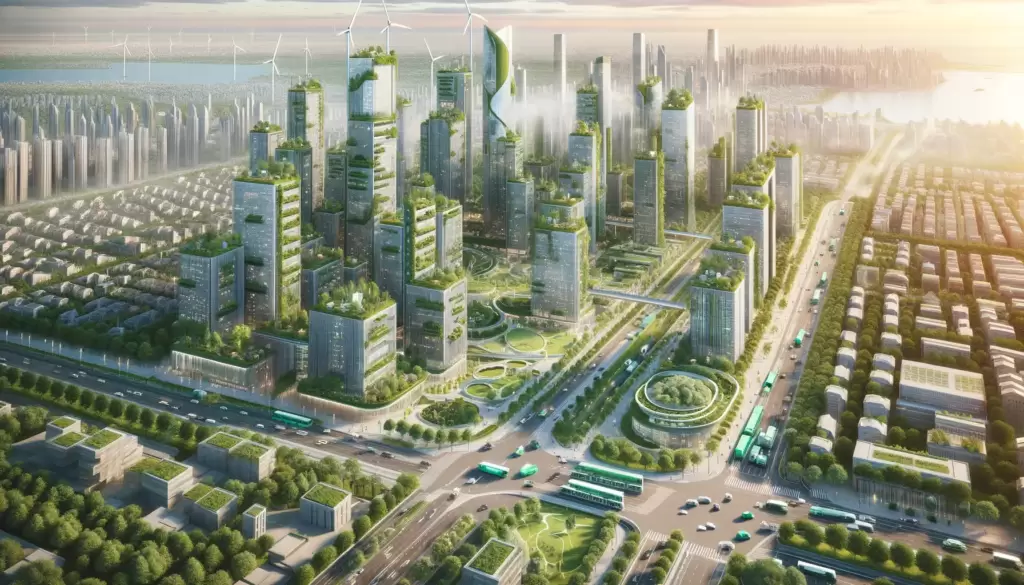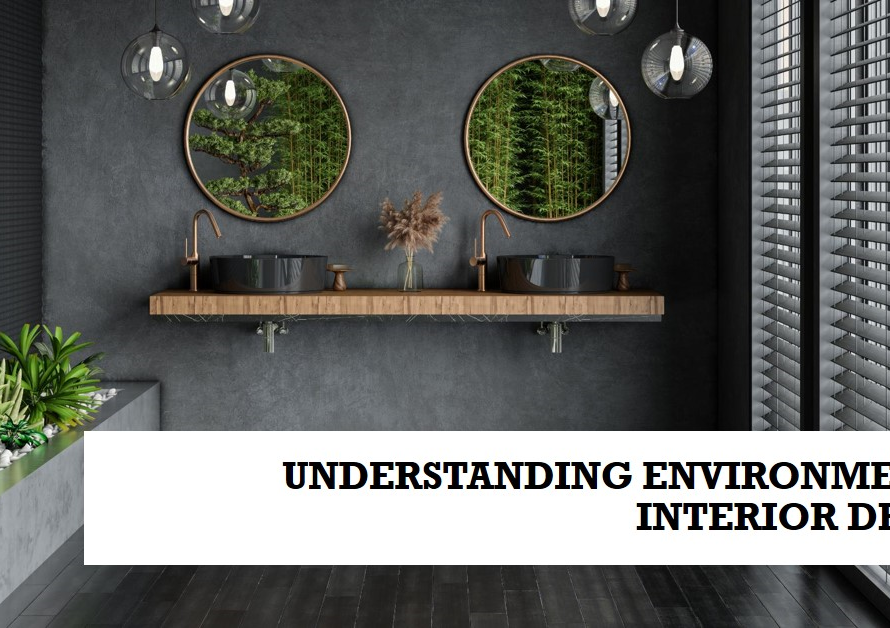
Table of Contents
Introduction
Welcome to the beginning of an exciting journey into the world of eco-friendly building design in urban settings. As our cities continue to expand and become more densely populated, the need for sustainable and environmentally conscious building practices has never been greater. In this article, we will explore innovative solutions, creative designs, and cutting-edge technologies that can help architects, builders, and urban planners create a more sustainable future for our cities.
We will delve into the principles of green architecture, efficient use of resources, and integration with natural surroundings to minimize environmental impact without compromising on functionality or aesthetics. By embracing eco-friendly building practices in urban settings, we can not only reduce carbon emissions but also create healthier and more livable spaces for residents. Join us as we embark on a journey toward a greener, more sustainable urban landscape that benefits both current and future generations.
Understanding eco-friendly building design
When it comes to understanding eco-friendly building design, it’s essential to consider the holistic approach of sustainable architecture. This goes beyond just incorporating green materials; it involves considering the building’s entire lifecycle, including construction, operation, and eventual deconstruction or repurposing. One key aspect is designing for energy efficiency by harnessing natural light and ventilation, using low-energy appliances and insulation materials, and incorporating renewable energy sources like solar panels.
Another critical element in eco-friendly building design is the use of environmentally friendly materials that minimize the carbon footprint during production and have minimal impact after disposal. Factors such as sourcing locally produced materials to reduce transportation emissions and selecting non-toxic, recyclable, or biodegradable products all contribute to a more sustainable approach. Additionally, integrating green spaces within urban buildings not only improves air quality but also enhances aesthetic appeal while promoting biodiversity in densely populated areas.
In conclusion, understanding eco-friendly building design involves a comprehensive consideration of various factors including energy efficiency strategies, responsible material selection, and the incorporation of green spaces within urban settings. By embracing these principles in architectural practice, we can help mitigate environmental impact while creating healthier living environments for current and future generations.
Challenges in Urban Settings
The challenges in urban settings present a complex web of issues that must be navigated to design eco-friendly buildings. One of the primary obstacles is limited space, as urban areas are often densely populated with little room for new construction. This constraint requires creative solutions such as vertical gardens, rooftop green spaces, and compact building designs to maximize environmental benefits.
Additionally, the reliance on existing infrastructure poses another hurdle. Retrofitting older buildings to meet eco-friendly standards while maintaining their structural integrity can be a daunting task. Furthermore, urban areas struggle with high levels of pollution and waste, requiring sustainable waste management systems and air purification technologies to create healthier living environments within the cityscape. Overcoming these challenges will require innovative thinking and a holistic approach to design that considers not only the individual building but also its interconnectedness within the urban ecosystem.
Strategies for sustainable materials and resources
In the quest for sustainable materials and resources, designers and architects are increasingly turning to innovative strategies that prioritize environmental responsibility without compromising quality. One approach gaining traction is the use of recycled and upcycled materials, which not only reduce waste but also add unique character to buildings. Embracing circular economy principles, such as designing for disassembly and reusability, enables the creation of structures that can be easily deconstructed and repurposed at the end of their lifecycle.
Furthermore, incorporating bio-based materials like bamboo, hemp, or cork into construction not only minimizes carbon emissions but also promotes biodiversity and supports local economies. Harnessing renewable energy sources within building design, such as solar panels or geothermal systems, further reduces reliance on traditional resources while enhancing long-term sustainability. By adopting a holistic approach that integrates these strategies into urban development projects, designers can play a pivotal role in advancing eco-friendly principles while shaping the cities of tomorrow.
Incorporating renewable energy solutions
Incorporating renewable energy solutions is a crucial aspect of designing eco-friendly buildings in urban settings. One innovative approach is integrating solar panels into building facades and rooftops, which not only generates clean energy but also reduces the reliance on traditional power sources. Additionally, utilizing geothermal heating and cooling systems can significantly lower a building’s carbon footprint while providing a sustainable and efficient way to regulate indoor temperature.
Another fascinating strategy involves incorporating wind turbines into the design of tall structures, harnessing the power of wind in densely populated areas. By embracing these renewable energy solutions, architects and developers can not only contribute to combating climate change but also inspire others to prioritize sustainability in their own urban projects. This shift towards renewable energy integration signals a promising future for environmentally conscious architecture that benefits both city dwellers and the planet as a whole.
Maximizing green spaces and natural elements
In today’s urbanized world, the value of green spaces and natural elements cannot be overstated. Incorporating these elements into building design not only enhances the aesthetic appeal but also contributes to a healthier, more sustainable environment. By maximizing green spaces within urban settings, architects and designers can create vibrant, livable communities that prioritize the well-being of their residents.
One powerful way to maximize green spaces is through vertical gardens and living walls. These innovative designs not only add visual interest to buildings but also improve air quality by absorbing pollutants and releasing oxygen. Additionally, integrating natural elements such as water features and native vegetation promotes biodiversity within urban areas, creating habitats for wildlife and fostering a sense of connection with the natural world in an otherwise concrete jungle.
By embracing nature-inspired architecture, we have the opportunity to transform our cities into havens that promote human health while preserving our planet’s precious ecosystems. The integration of green spaces and natural elements in building design represents a proactive step towards a more sustainable future where people are not just surrounded by concrete structures but are enveloped in environments that nurture their physical and mental well-being.
Conclusion: The future of eco-friendly urban architecture
In conclusion, the future of eco-friendly urban architecture holds immense potential for creating sustainable, vibrant cities that prioritize the well-being of both people and the planet. As we continue to advance in technology and design concepts, architects and urban planners have the opportunity to incorporate innovative green building techniques, such as vertical gardens, solar panels, and rainwater harvesting systems. These elements not only contribute to reducing carbon footprint but also add aesthetic value to urban landscapes.
Moreover, with an increasing awareness of climate change and environmental degradation, there is a growing demand for buildings that are energy-efficient and environmentally responsible. This shift in mindset presents a unique opportunity for designers to embrace unconventional materials like recycled steel and reclaimed wood while integrating passive design strategies that optimize natural lighting and ventilation. By embracing these principles, eco-friendly buildings can not only minimize their ecological impact but also set a new standard for urban living that promotes harmony between nature and human civilization.


